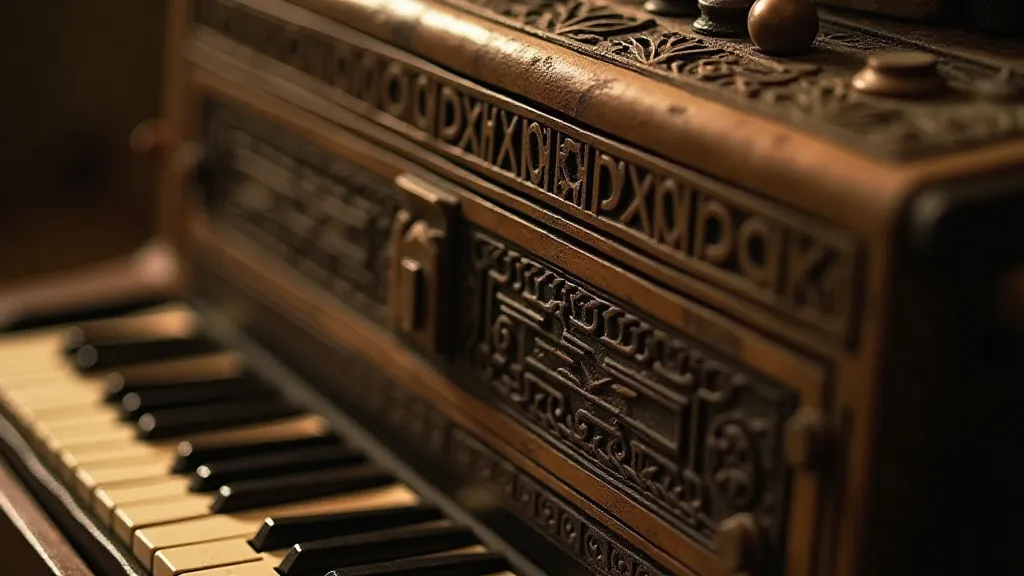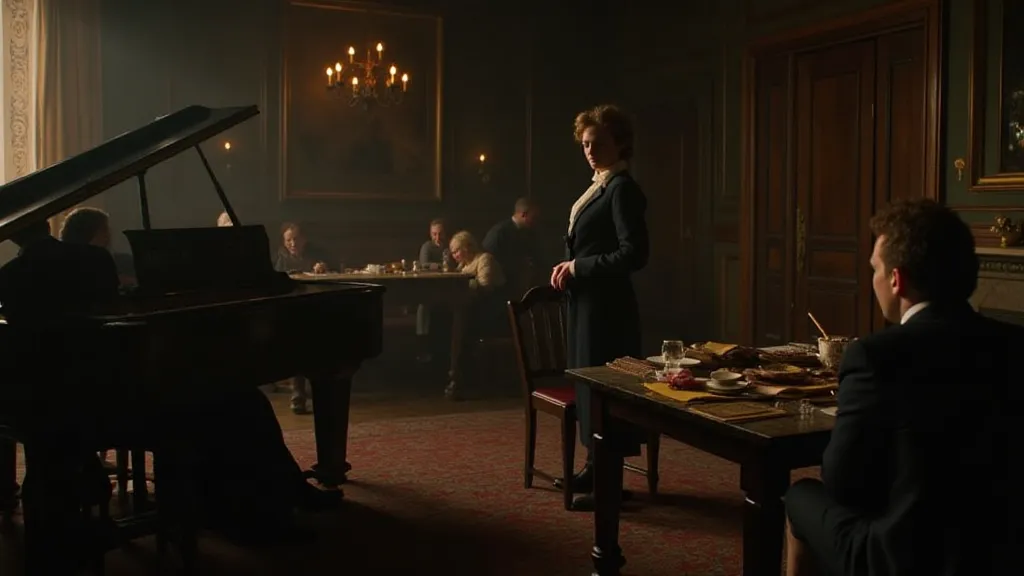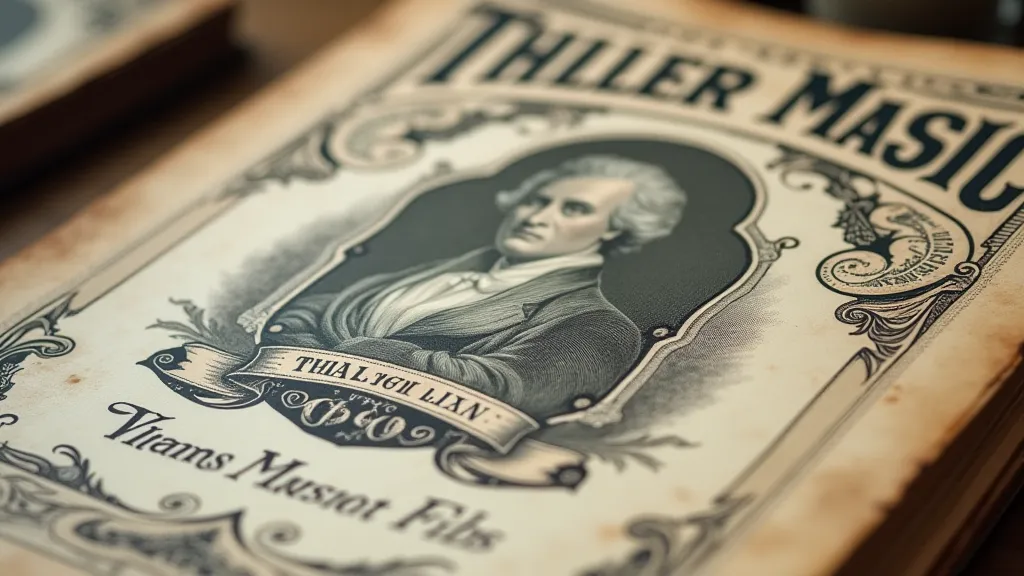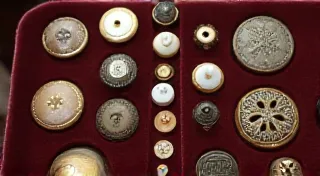Shadows of the Salon: Sheet Music’s Role in 19th Century Social Gatherings
Imagine a room bathed in the warm glow of candlelight, the air thick with the scent of beeswax polish and a hint of lavender. Gentlemen in tailcoats and ladies in elegant gowns gather around a grand piano, laughter and conversation mingling with the promise of music. This wasn’t a concert hall performance; it was a gathering in a private salon, a commonplace occurrence throughout the 19th century, and at its heart lay a collection of meticulously printed sheet music. Collecting vintage sheet music isn't just about preserving paper; it's about holding fragments of these intimate social rituals, echoes of a world where music was woven into the very fabric of daily life.
The 19th century witnessed a burgeoning middle class, eager to participate in the cultural activities previously reserved for the aristocracy. Musical education, once a luxury, became increasingly accessible. Piano ownership, particularly, skyrocketed. While professional musicians graced public venues, the salon offered a space for amateur performers to showcase their talents – a crucial element in establishing social standing and cultivating connections. Owning sheet music wasn't merely a matter of musical appreciation; it was a visible marker of refinement and a tool for social engagement.

The Language of the Salon
Sheet music wasn’t simply an accompaniment to conversation; it was a conversationalist itself. A selection of popular songs, operatic arias, and piano pieces offered a readily available topic of discussion. Sharing favorite pieces, debating interpretations, or simply admiring the elaborate cover illustrations contributed to the flow of the gathering. The illustrations, often painstakingly rendered lithographs depicting romantic landscapes, famous singers, or scenes from popular plays, were works of art in their own right. They sparked commentary, fueled imagination, and reflected the prevailing aesthetic tastes of the era. A particularly impressive collection could be a source of considerable pride – a subtle but powerful form of social currency.
I remember finding a small collection in a dusty antique shop some years ago. Among the usual suspects – waltzes and polkas – was a piece by Meyerbeer, an opera composer whose works were tremendously popular. The cover, depicting a dramatic scene from his opera *Robert le Diable*, was remarkably vivid, the colors surprisingly well-preserved. It wasn’t just the music itself that resonated, but the image, the memory of the performance it likely accompanied, the potential for romantic entanglements, all contained within a few sheets of paper.
Craftsmanship and the Printed Word
The production of 19th-century sheet music was a labor of love, a testament to the burgeoning printing industry. While the advent of lithography democratized the creation of illustrations, the process was still remarkably intricate. Engravers painstakingly carved images onto metal plates, printers experimented with different inks and paper types, and binders ensured the music was securely fastened. The quality of the paper itself varied greatly, ranging from brittle, acid-free stock to coarser, more absorbent varieties. Identifying the paper type can provide valuable clues to the age and provenance of a particular piece.
The music publishing houses of the era – firms like Schirmer, Firth & Co., and Oliver Ditson – became significant cultural institutions. They nurtured composers, promoted performers, and shaped musical tastes. Examining the imprint on a piece of sheet music can tell you not only who published it, but also something about the publishing trends of the time. First editions, particularly those with elaborate covers or annotations, are highly sought after by collectors. However, even later editions can offer a fascinating glimpse into the enduring popularity of a particular work.
Beyond the Waltz: A Spectrum of Music
While waltzes and polkas certainly dominated the salon repertoire, the spectrum of music available was surprisingly broad. Operatic arias were immensely popular, allowing amateur singers to emulate their favorite performers. Classical compositions by composers like Beethoven, Mozart, and Chopin were studied and performed, albeit often in simplified arrangements. Ballads, sentimental songs, and patriotic anthems also found their place in the salon. Understanding the social context of a particular piece can enhance your appreciation of its cultural significance.

Collecting Considerations: Preservation and Authenticity
Collecting vintage sheet music presents both rewards and challenges. Preservation is paramount. Sheet music is inherently fragile, susceptible to damage from light, moisture, and pests. Storing your collection in acid-free sleeves and boxes is essential. Avoid direct sunlight and extreme temperatures. Handling the music with care – clean hands are a must – will also prolong its lifespan.
Authenticity can be a complex issue. Reproductions, often skillfully crafted, are common. Examining the paper, ink, and printing techniques can provide clues. Early lithographs often exhibit variations in color and registration. Watermarks on the paper can be matched to known paper mills. Researching the publisher and printer can further validate the authenticity of a piece. While restoration is sometimes tempting, it's generally best left to professionals, as improper attempts can devalue the music. The imperfections - the foxing, the slight tears – often add to the charm and historical significance of a piece. They are whispers of the past, traces of the countless hands that have previously held and played them.
There's a particular joy in discovering a piece that resonates with you – a song that evokes a memory, a composer whose life story captivates you, or a cover illustration that transports you to another time. Collecting vintage sheet music isn't just about acquiring objects; it's about connecting with the people and the culture that created them. It’s about keeping alive the echoes of those intimate salon gatherings, where music filled the air, laughter mingled with conversation, and the human spirit found expression in the beauty of melody and harmony.






